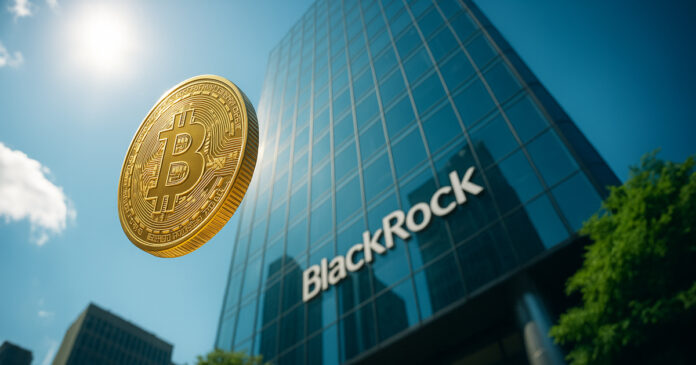BlackRock’s Bitcoin ETF: A High-Risk, High-Reward Investment
A $10,000 investment in BlackRock’s Bitcoin ETF (IBIT) at its launch would be worth $19,870 today, outpacing the returns of the S&P 500 and Nasdaq 100, as well as gold’s significant rise. However, this 98.7% gain does not tell the whole story, as IBIT holders experienced returns of over 150% for several months in 2025, only to see their gains decline after Bitcoin’s price dropped below $100,000.
The comparison between IBIT and traditional benchmarks is not entirely accurate when considering the 22-month period since its launch on January 5, 2024. The S&P 500 and Nasdaq 100 delivered impressive returns of 42-43%, a rare feat that has only occurred three times since 1871. Gold, on the other hand, rose 92-93% due to geopolitical fears and central bank purchases.
The Volatile Nature of Bitcoin
Bitcoin’s evolution has been characterized by wild fluctuations, rewarding conviction and punishing hesitation. As of September 30, a $10,000 IBIT position had reached approximately $25,000, representing a 150% return in less than two years. However, the subsequent decline wiped out around $6,000 in paper value for every $10,000 originally invested, highlighting the uncorrelated returns of Bitcoin.
The infrastructure built around crypto as an asset class has played a significant role in IBIT’s performance. Spot ETF approval, regulatory air protection, and the CME CF Bitcoin benchmark interest rate have transformed Bitcoin from a “digital gold owned by ideologues” to a “traceable exposure that can be traded through Schwab.” This wrapper has allowed for efficient liquidity and has made volatility easily tradable, insurable, and bearable for capital that demands both.
Comparing Apples and Oranges
Comparing IBIT to the S&P 500 or the Nasdaq 100 assumes that they have the same goal, which is not the case. Equity indices provide exposure to aggregate corporate earnings growth, are diversified across sectors, and have governance structures and disclosure requirements that mitigate downside risk. IBIT, on the other hand, provides access to a fixed-supply, non-recourse currency protocol without the need to analyze quarterly forecasts.
Gold is closer to the spectrum, with no cash flows and no returns, and is valued for its scarcity and institutional acceptance. However, gold’s 5,000-year history as a store of value gives it mean reversion properties that Bitcoin lacks. The uncertainty surrounding Bitcoin’s volatility is the premium IBIT investors pay for asymmetry.
A High-Risk, High-Reward Investment
The 98.7% return since launch, peak in October, and 25% decline since then reflect the fact that Bitcoin’s volatility is an inherent asset characteristic, not a flaw that can be eliminated. The institutions that bought IBIT were aware of this, and the 19-month outperformance against traditional benchmarks compensated them for holding out.
Whether this trading continues to work depends less on Fed policy or ETF flows and more on whether enough capital decides that the volatility is worth the option value embedded in a non-governmental, programmatically scarce bearer asset. For the investor who invested $10,000 in IBIT at launch and now holds $19,870, the answer is already clear. For more information, visit https://cryptoslate.com/how-much-is-10k-invested-in-blackrocks-bitcoin-etf-at-launch-worth-today/

